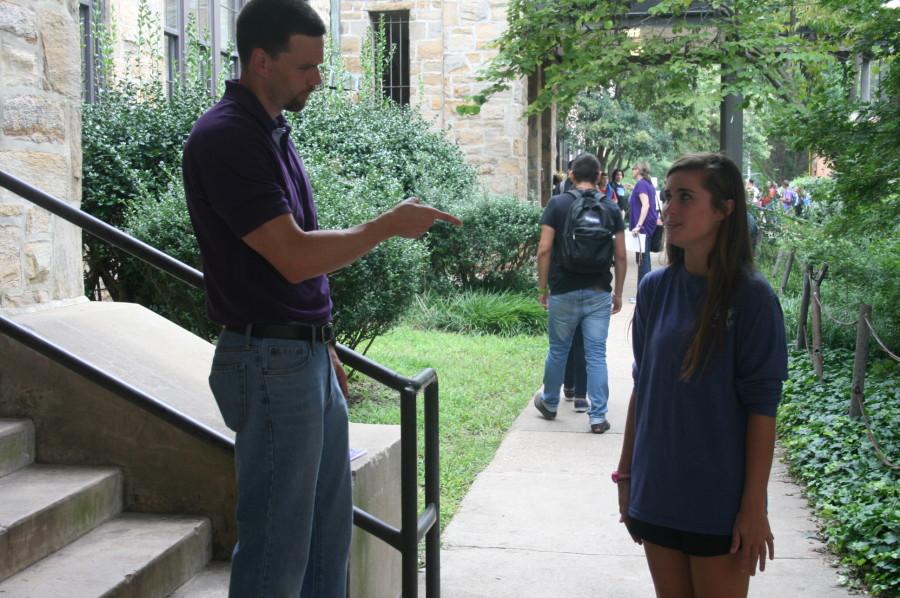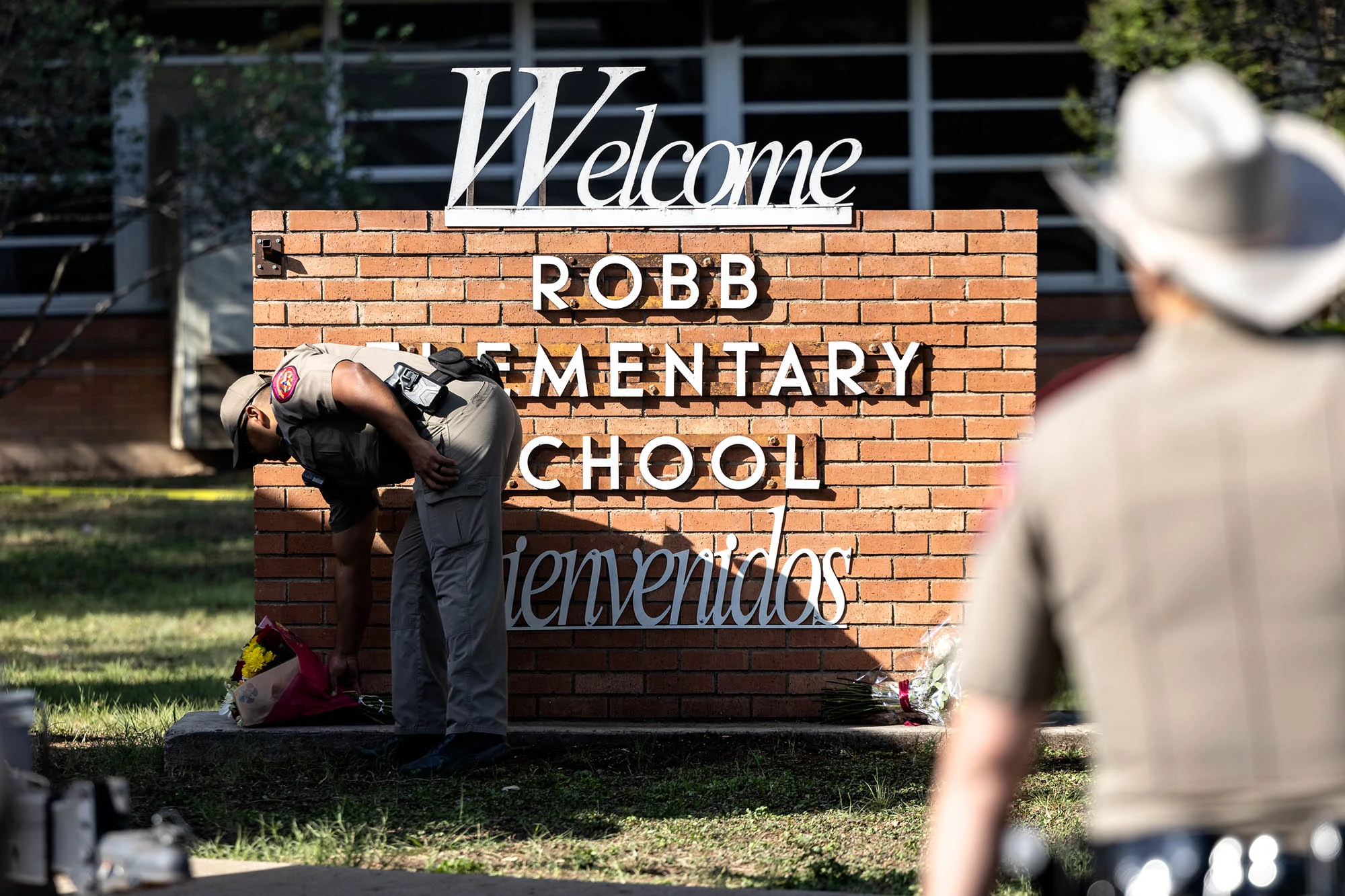#YesAllWomen
Student getting dress coded
September 22, 2014
It is no secret that there is no love for Broughton’s dress code.
Each year as the days grow warmer, the same battles are rekindled between teachers and students. In the style of the fashion, the most taxing rules only apply to women.
In May of 2014, Elliot Rodger, the suspect of a murder spree near Santa Barbara posted a video on YouTube in which he voiced his hope to enact revenge upon all of the women who had rejected him. Elliot killed six girls before murdering himself, and in the video he claimed that all women who were not attracted to him should be punished because “he is the perfect guy.”
This video sparked social media uproar on popular networking sites such as
Twitter, Instagram, and Facebook marked by the hash tag, #YesAllWomen.
The basis of the posts center around the way society teaches men to feel entitlement and superiority to and towards women.
Some of the most viewed and retweeted posts included:
“because ‘I have a boyfriend’ is the easiest way to get a man to leave you alone. Because he respects another man more than you. #YesAllWomen”- @yesallwomen
“#YesAllWomen because when a girl is harassed or even groped by a stranger in public, we’re told to “take it as a compliment”” -@bottrill
The tag is especially used in reference to dress codes.
“Because school dress code teaches young girls that if a boy can’t focus on school it’s the girl’s fault. #YesAllWomen” -@_michelletelles
“#YesAllWomen because teaching a girl that her self esteem, morals, etc. all are shown by how she follows the dress code at school is wrong.”- @JasmineDarakjy
Some students are concerned by the inconsistency with which the dress code is enforced.
Some Broughton students have voiced their opinion on the side of #YesAllWomen, and feel that the dress code is sexist.
“I find the dress code oppressive towards women as it amplifies societal views that women are the problem and instigators of harassment. It is teaching girls to hide themselves, rather than teaching boys to respect all women and not judge them for expressing themselves. While it’s technically against dress code for boys to remove their shirts during gym class, you can be assured that no teacher will be up in arms or throwing a fit like they would if a girl’s shorts were on the short side,” junior Clara May said.
Defined in the Broughton’s student agenda is the official Broughton High School dress code. The note referencing the length of shorts is, “No excessively short or tight garments”.
It’s an extremely vague rule that can be interpreted most differently by every single student, teacher, and faculty member who reads it.
Physical factors also seem to be a determining cause of who gets dress coded and for what.
“A pair of shorts with a 3 inch inseam will look a lot different on me than on a 5’2 girl. Why should I be targeted for my height, a factor completely out of my control?” Adria Johnson, a senior at Broughton, who feels that she has been targeted due to her 6’3 stature, said.
Broughton has tried to generalize the “excessively short garments” rule to mean that any shorts cannot be shorter than a girl’s fingertips.
“My arms and legs are longer than the majority of girls at Broughton,” Johnson said.
Students may have noticed the increased harshness by which the dress code is being enforced this year.
“At the end of last year’s staff meeting teachers voiced concern over the dress code not being followed. The dress code has not officially been changed, however, we are enforcing it,” principal Stephen Mares said.
Confusion over the consequences of breaking the dress code is apparent in the student body.
“The first step is a warning, after that or repeated warnings, the student will be sent to ISS and given alternate clothing to wear until a parent or guardian can bring them something to change into,” Mares said.










